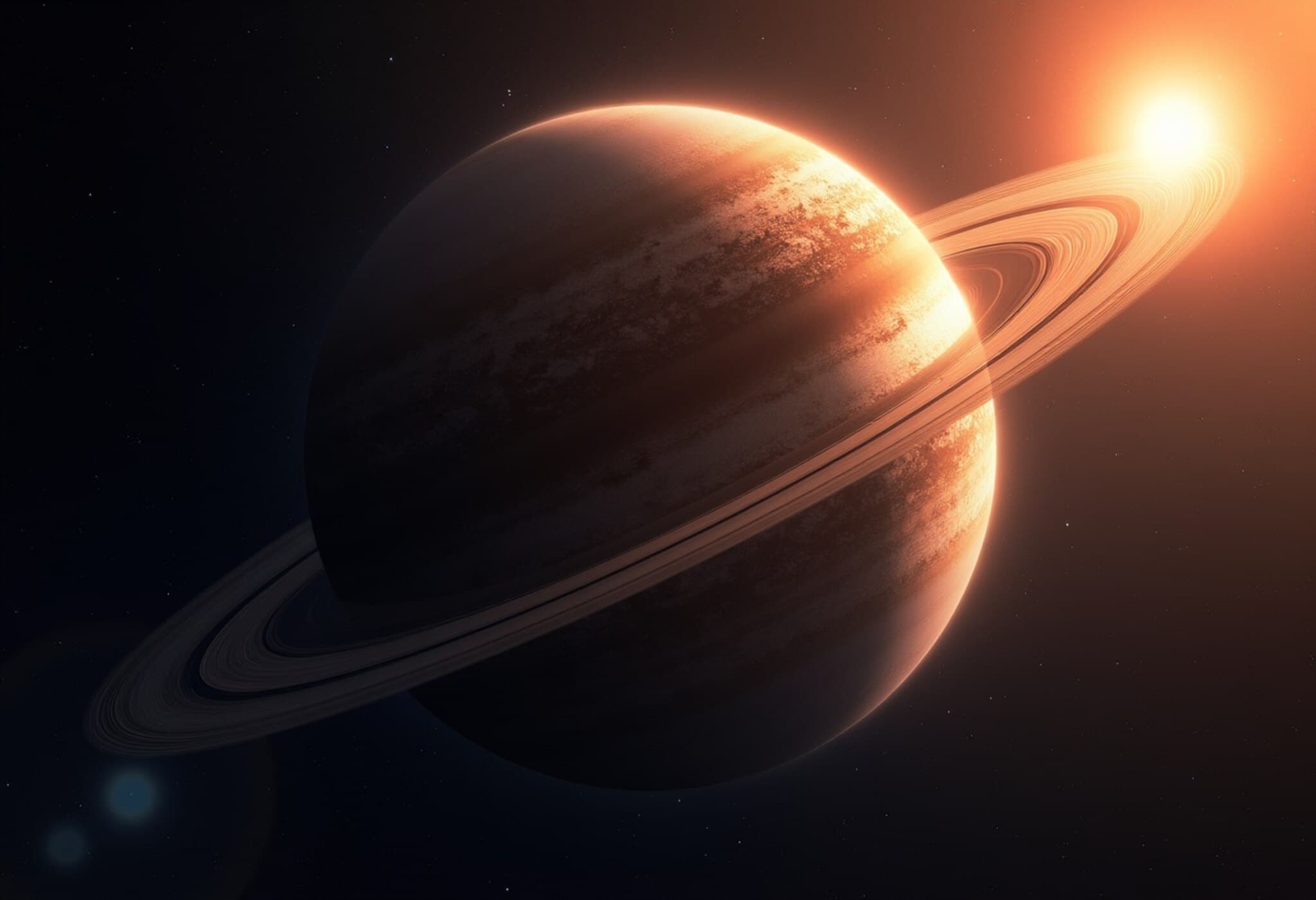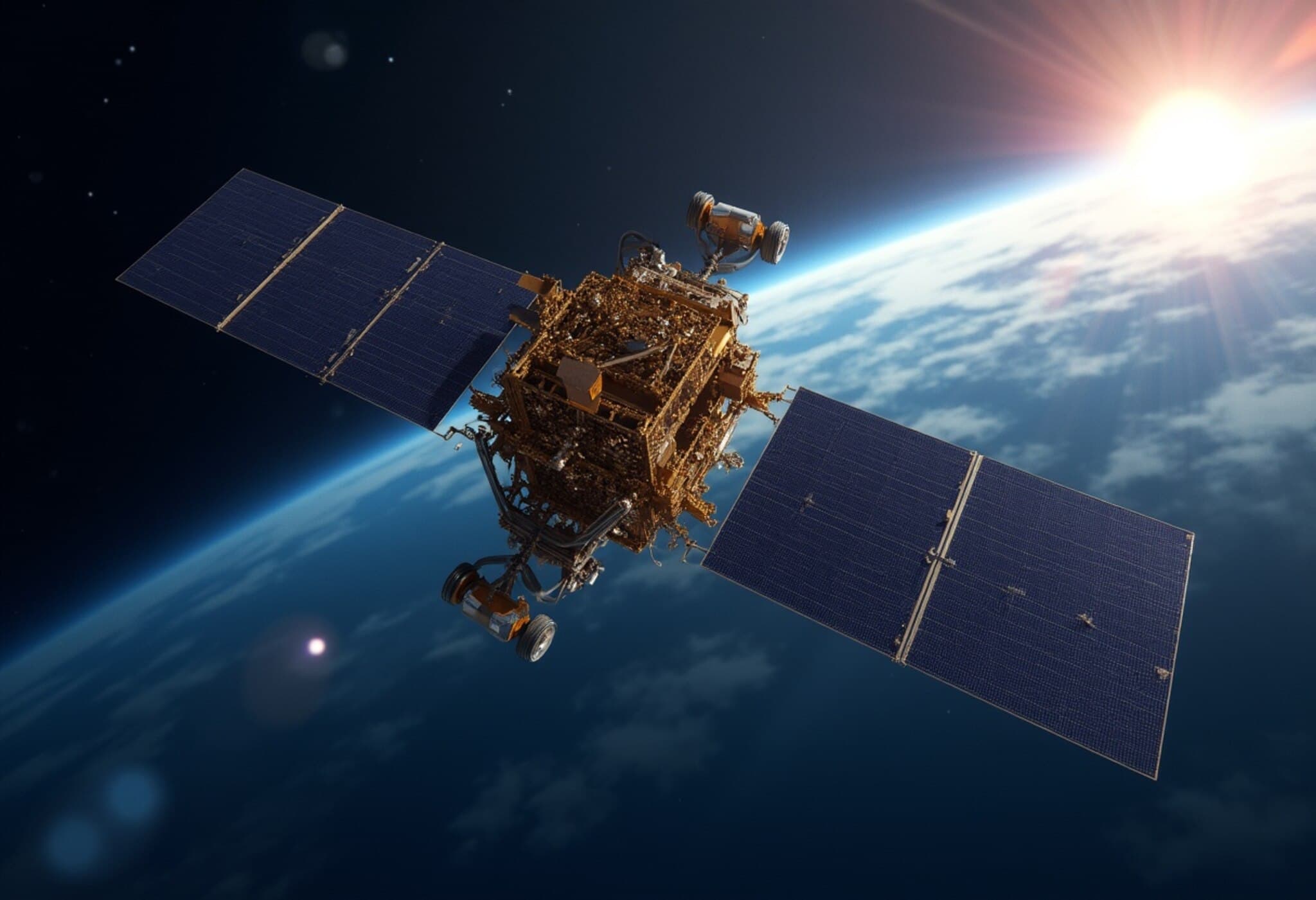James Webb Telescope Disproves Earth-Like Atmosphere on TRAPPIST-1 d
The James Webb Space Telescope (JWST), NASA’s flagship observatory for exploring distant worlds, has delivered a striking new finding about the exoplanet TRAPPIST-1 d. Despite optimism about its location within the "habitable zone" of its parent star, new data reveal a surprising absence of Earth-like atmospheric gases, dimming hopes that this rocky planet harbors conditions similar to our own.
Unveiling TRAPPIST-1 d: A Rocky Planet with a Harsh Reality
Located approximately 40 light-years from Earth, TRAPPIST-1 d orbits a cool red dwarf star at just about 2% of the Earth-Sun distance, completing a revolution every four Earth days. Situated on the inner edge of its star's so-called "Goldilocks" or habitable zone, it once raised eyebrows as a potential candidate for supporting life.
However, observations made using JWST’s Near-Infrared Spectrograph (NIRSpec) analyzed the planet's atmospheric composition—or lack thereof—and found no spectral signatures of water vapor, methane, or carbon dioxide, which are crucial components of a life-supporting atmosphere on Earth.
Explaining the Atmospheric Void: Thin, Hidden, or Nonexistent?
Lead researcher Caroline Piaulet-Ghorayeb emphasizes that several scenarios could explain the absence of detectable atmosphere:
- A very thin atmosphere similar to Mars, too sparse for JWST to observe.
- A dense cloud-covered atmosphere akin to Venus that obscures typical gases from spectrographic detection.
- The possibility that TRAPPIST-1 d is a barren, airless rock completely stripped of atmospheric gases.
Astrophysicists also point out that red dwarf stars like TRAPPIST-1 tend to unleash frequent high-energy flares, which can erode the atmospheres of close-in planets, making it challenging for them to maintain protective gaseous envelopes. This stellar volatility seriously complicates habitability prospects for planets in tight orbits around such stars, a dynamic not often appreciated in popular discussions.
Looking Ahead: Other TRAPPIST-1 Worlds and the Quest for Atmospheres
While TRAPPIST-1 d may be out of the running as an Earth analogue, the James Webb Telescope is actively studying neighboring planets e, f, g, and h, which orbit further out. Their greater distance from the red dwarf star reduces the stellar radiation impact, potentially allowing more stable atmospheres to persist, even though cooler temperatures pose detection challenges.
Co-author Björn Benneke highlights the importance of this research frontier: "We’re just beginning to understand which planets can hold onto their atmospheres, and why that ability varies so much even within the same system." This nuanced approach may refine our criteria for habitability beyond simplistic models tied solely to orbital distance.
Implications for the Search for Life Beyond Our Solar System
Shawn Domagal-Goldman, acting director of NASA’s Astrophysics Division, underscores the broader significance: "As we lead efforts to find life beyond Earth, discerning which planets sustain atmospheres and the mechanisms behind their retention is paramount." These findings from JWST are foundational, informing and sharpening the focus of upcoming missions like the Habitable Worlds Observatory.
Ultimately, the TRAPPIST-1 d results remind us that the path to discovering extraterrestrial life is far from straightforward. Nature’s complexity—and the harsh environments wrought by stellar dynamics—challenge our assumptions and deepen the mystery of where habitable worlds might emerge.
Editor’s Note
This revealing study is a critical milestone in exoplanet science, blending cutting-edge technology with sophisticated atmospheric modeling. While disappointing in ruling out TRAPPIST-1 d as an Earth-like prospect, it opens vital questions about the resilience of planetary atmospheres under intense stellar conditions—especially around the most common stars in our galaxy, red dwarfs.
As JWST continues observations of adjacent TRAPPIST-1 planets, and as new telescopes come online, the quest to find extraterrestrial neighbors with hospitable environments presses on. These efforts enrich our understanding of planetary diversity and underscore the importance of patience and precision in one of humanity’s most profound searches.












